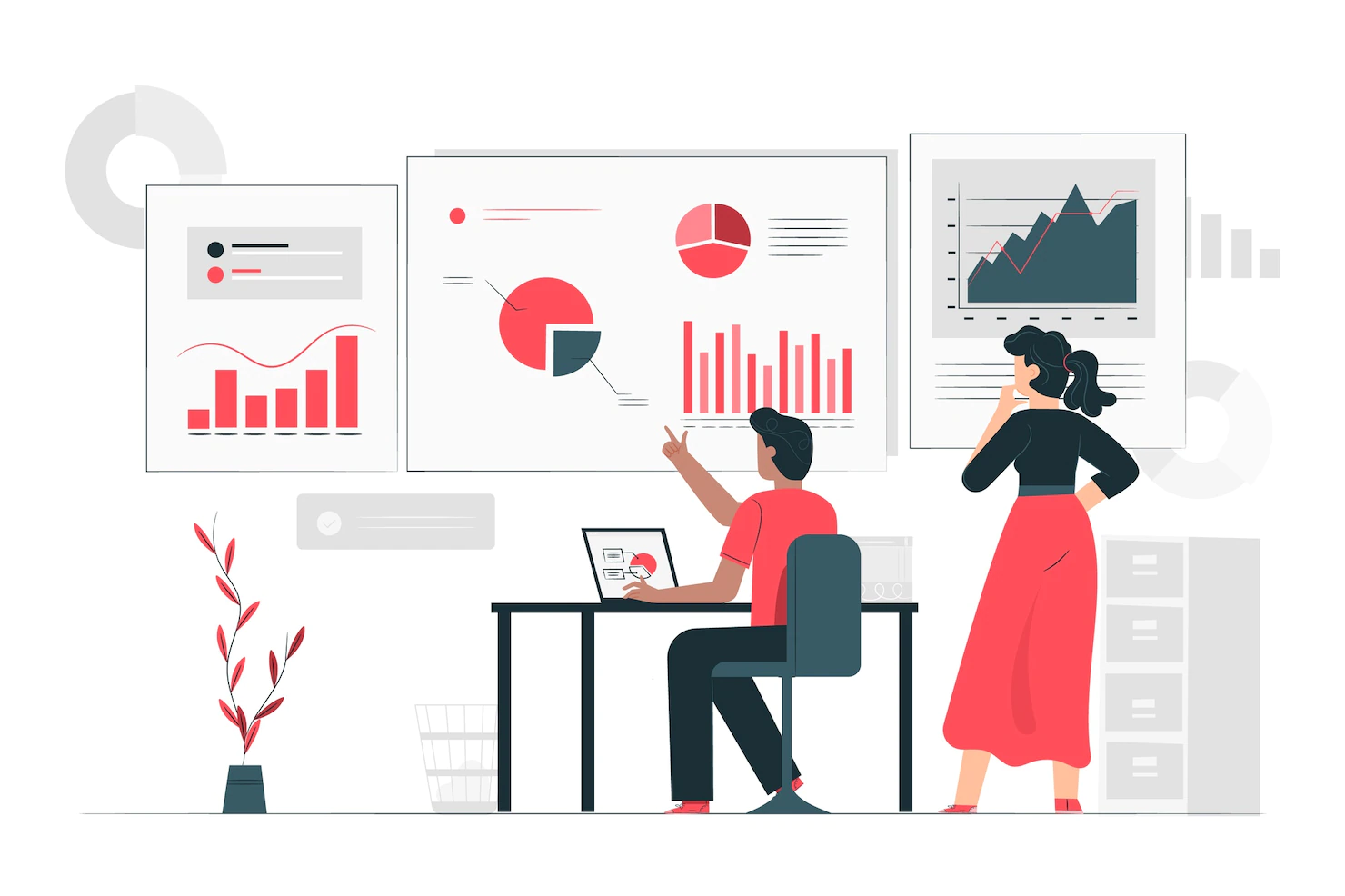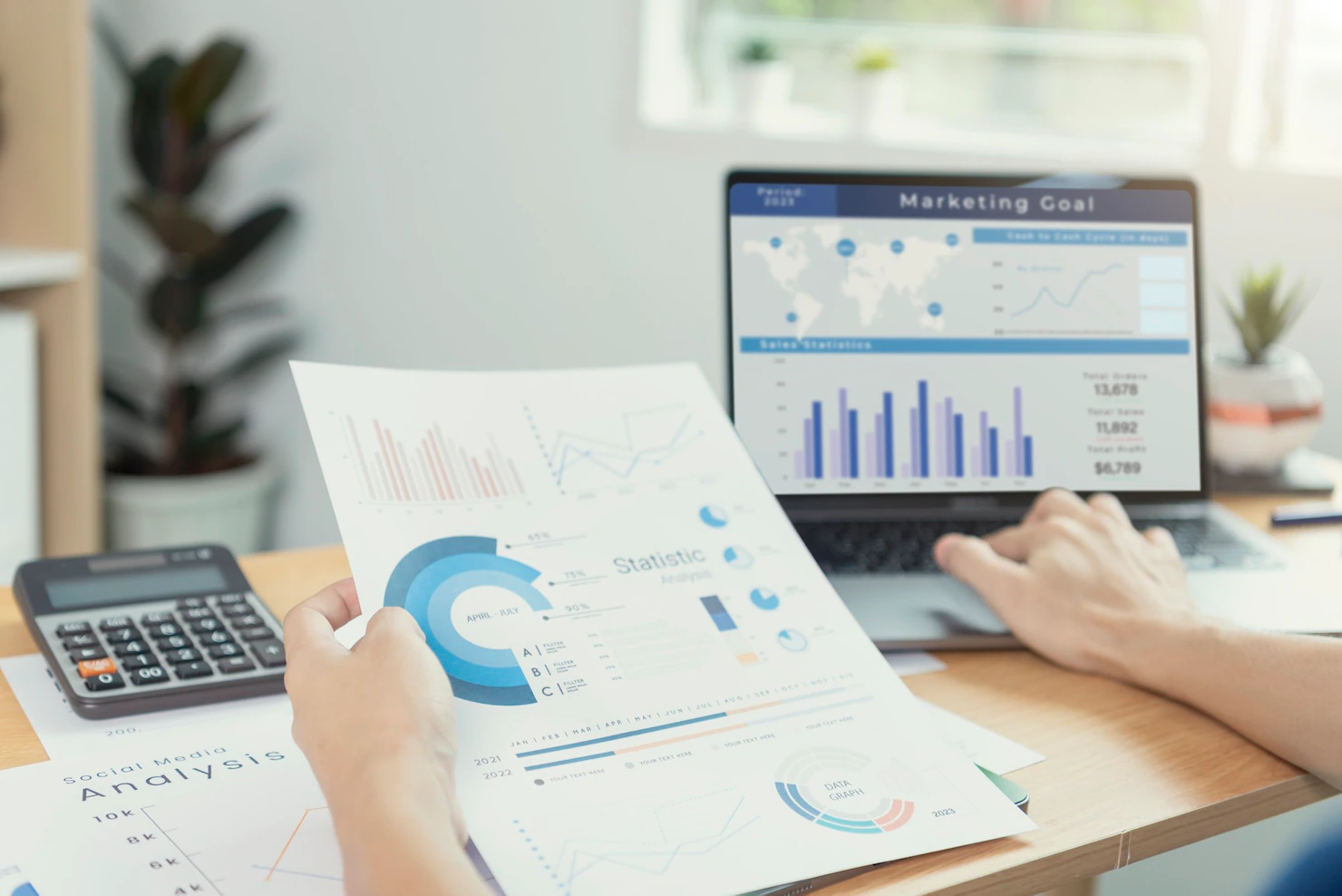Digital marketing is a powerful tool for businesses of any size. It allows you to reach your target audience in a cost-effective and efficient manner.
However, without the right strategy in place, it can be difficult to maximize the potential of digital marketing. That’s why it’s important to understand how to use statistics in digital marketing.
By leveraging the power of statistics, you can ensure that your digital marketing efforts are focused on the right audiences and will generate maximum results. Let’s take a look at some of the ways you can use statistics in digital marketing.
Why Use Statistics?

It’s no secret that successful digital marketers rely heavily on data-driven insights. This is where statistics come into play–by leveraging data and applying statistical techniques, you can gain valuable insights into the performance of your campaigns.
Statistics can help you identify trends in user behavior, analyze customer feedback and make informed decisions about where to invest resources.
As such, it’s essential that all modern marketers understand the basics of how to use statistics in digital marketing.
How To Use Statistics In Digital Marketing?

The first step in using statistics for digital marketing is to understand your goals and objectives. Once you have identified what you want to achieve with your campaigns (e.g., increasing website traffic or improving conversions), you should begin gathering and analyzing data related to those goals.
This data can be obtained from sources such as website analytics tools or surveys sent out to customers via email or social media platforms.
Once you have collected sufficient data, it’s time to start making sense of it all! Depending on the type of campaign you are running, different statistical techniques may be most appropriate for analyzing the data at hand; these could include hypothesis testing, regression analysis, or time series forecasting methods just to name a few examples.
It’s important that you select the right technique(s) so that you can accurately measure your progress against the set goals and objectives of your campaign(s).
Taking Advantage Of Statistics In Digital Marketing
Understand Your Audience

The key to successful digital marketing is understanding your target audience. You need to know who they are, what their interests are, and what kind of content they are likely to engage with. To do this effectively, you need to gather data about your target audience and analyze it.
This data can come from various sources such as surveys and customer feedback forms as well as analytics from social media platforms and websites.
All of this information can then be used to create more targeted campaigns that will be more effective in reaching your target audience.
Analyze Performance

Another way that you can use statistics in digital marketing is by analyzing performance metrics. This includes monitoring how well certain campaigns perform, tracking user engagement with different types of content, and looking at website traffic data.
All of this information will allow you to make informed decisions about which campaigns are working best and which ones need improvement or should be stopped altogether.
Optimize Content

Finally, statistics can also be used to optimize content so that it appeals more strongly to your target market.
For example, by analyzing data about user behavior on various platforms or websites, you can determine what types of content performs best for certain demographics or topics.
Once you have identified this information, you can then create content that caters specifically to these users which should result in higher engagement rates and better overall performance for your campaigns.
Collecting Data

One of the first steps to using statistics in a digital marketing strategy is collecting data. This data can come from sources such as website traffic, social media engagements, email campaigns, customer surveys, etc.
When collecting this data, it is important to track the right metrics so that it accurately reflects the effectiveness of your digital marketing efforts.
For example, tracking website visits is important if you are looking for ways to increase engagement with your content. Tracking social media engagements can help you determine which types of posts are resonating with your audience. Finally, email campaign data can provide insight into how successful different strategies were at driving conversions.
Analyzing Data

Once you have collected data from various sources, it’s time to analyze it in order to gain insights into what works and what doesn’t work in terms of digital marketing.
By analyzing this data, you can identify trends that will help inform your future decisions about which strategies will be most effective for reaching your target audience and driving conversions.
Additionally, by analyzing this data over time, you can track progress and measure the success of different campaigns or initiatives so that you know where to focus resources in order to achieve the best results possible.
Also, read:
- 3 Best Online Statistics Course With Certificates
- Literacy Statistics In The US
- Statistics About Reddit – Everything You Need To Know About Reddit
Conclusion: Taking Advantage Of Statistics In Digital Marketing In 2024
In conclusion, using statistics in digital marketing is an essential part of creating successful campaigns that reach the right people with the right message at the right time.
By understanding who your audience is and gathering data about their interests and behavior patterns, you can develop strategies that will help you get maximum results from each campaign while also making sure that your message resonates with those who will benefit most from it.
Additionally, analyzing performance metrics helps ensure that all future campaigns are optimized for maximum effectiveness while optimizing content based on user data helps ensure even greater success over time.
No matter what type of business you run or what type of product or service you offer, utilizing statistics in digital marketing is critical for achieving long-term success online!
